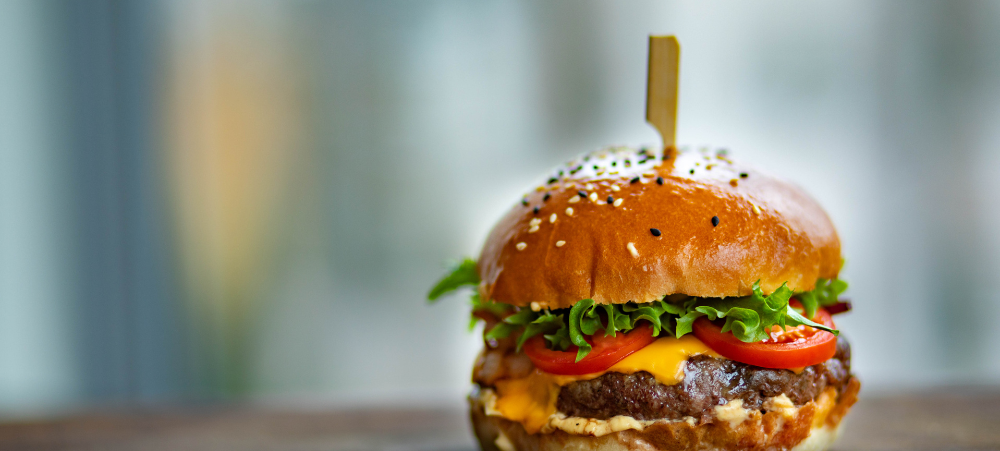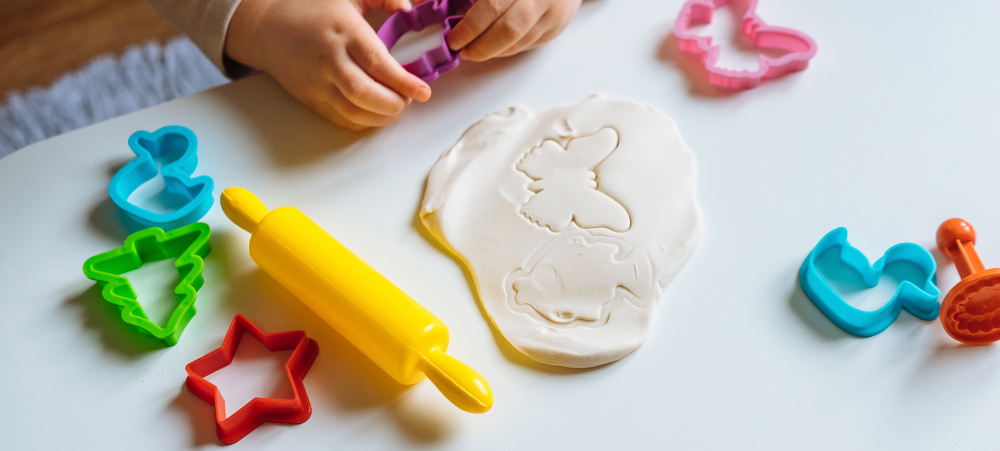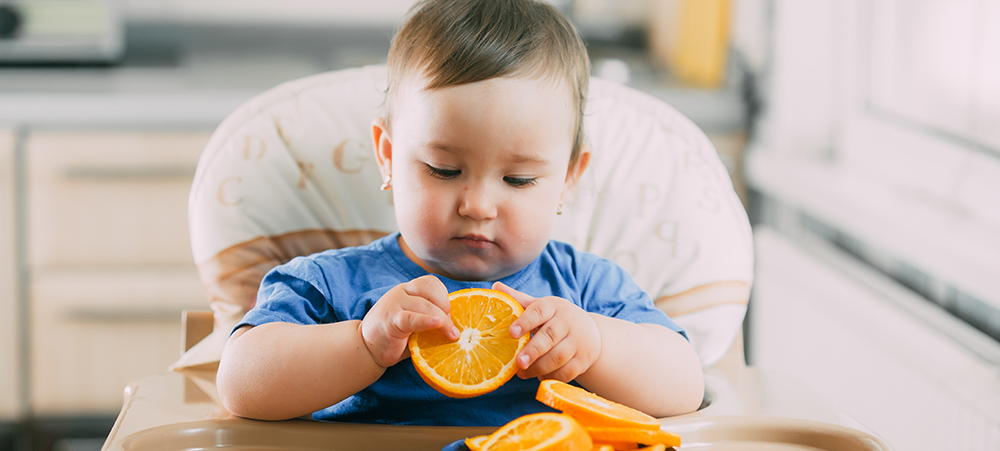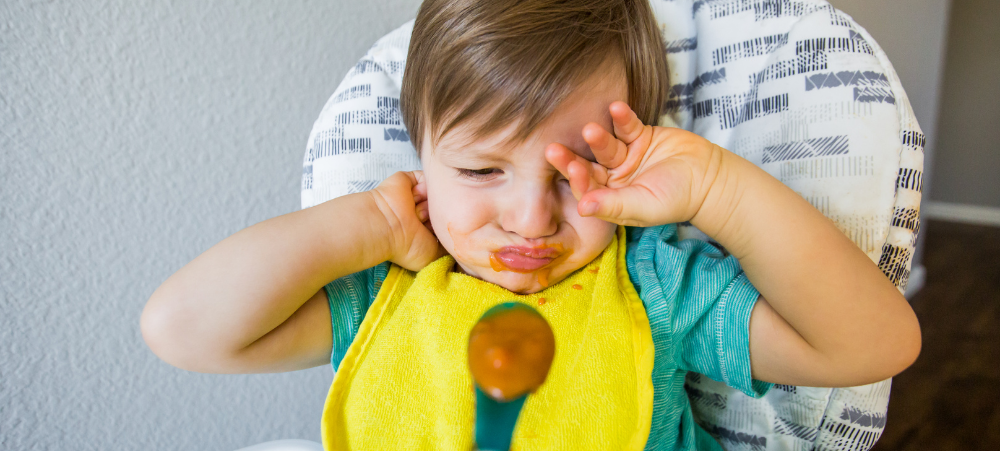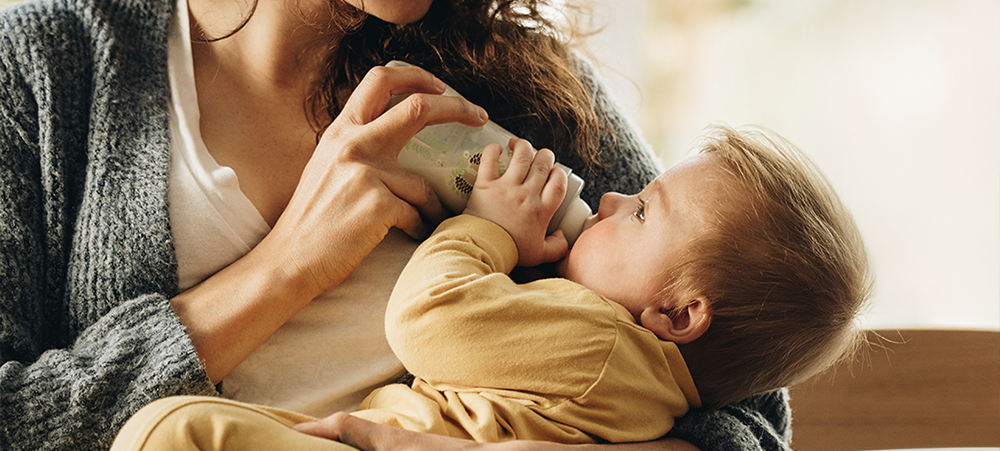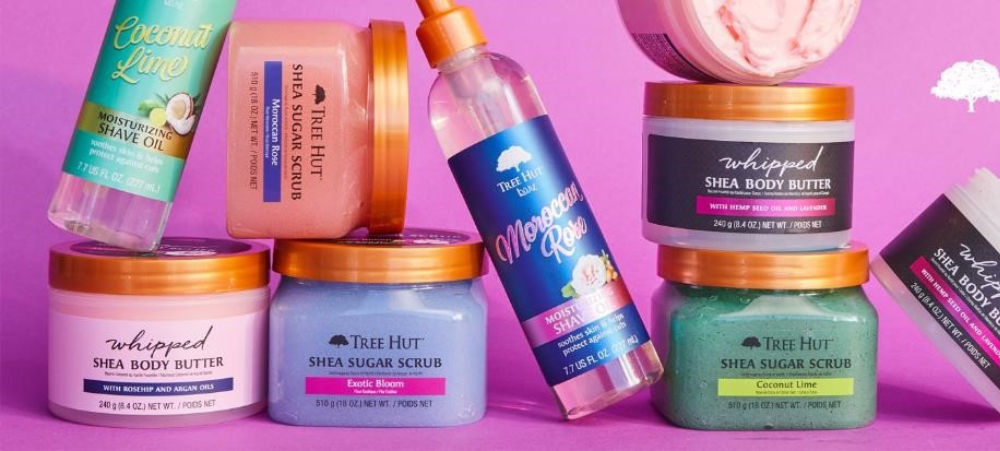Incorporating anti-inflammatory foods into your diet and limiting your intake of pro-inflammatory foods may help to reduce inflammation in the body and boost overall health, says Affinity Health, a leading provider of high-quality healthcare. Inflammation: What is It? When the body is threatened in some way, such as by an accident, an illness, or some other type of stress, it responds by triggering a natural process known as inflammation. Inflammation involves a complicated chain of events that result in the body ridding itself of dead or damaged cells and tissues so it can start recovering. While acute inflammation is generally a good thing, prolonged inflammation has the opposite effect on the body. It can cause serious health issues, such as cardiovascular disease, cancer, and autoimmune diseases. Lifestyle choices, environmental circumstances, and nutritional deficiencies can all contribute to persistent inflammation. According to Murray Hewlett, CEO of Affinity Health, while the link between diet and inflammation is multi-faceted, there is evidence certain eating patterns may lead to chronic inflammation in some people. Fruits and vegetables, whole grains, nuts, and fatty fish have, for example, have been shown to help reduce inflammation. However, highly processed, and refined meals, sugary beverages, and those high in trans fats and saturated fats have been shown to induce inflammation. But, as Murray points out, everyone’s physical make-up is unique, so what triggers inflammation in one person might have no effect on another. “If you’re having persistent inflammation, it’s recommended that you see a healthcare professional to determine the root reason and create an efficient and tailored treatment plan,” says Murray. Potentially Anti-Inflammatory Foods Researchers have shown that consuming certain meals can help lower inflammation. Examples of such foods are: Fruits and Vegetables Fruits and vegetables have anti-inflammatory properties because they are rich in vitamins, minerals, and antioxidants. Eat a rainbow every day by loading up on berries, greens, and cruciferous veggies like broccoli and cauliflower. These meals also tend to be high in fibre, which helps with digestion and soothes the stomach. Omega-3 Fatty Acids This beneficial fat has been shown to help reduce inflammation throughout the body. Omega-3 fatty acids are found in abundance in fatty fish like salmon, sardines, mackerel, chia seeds, flaxseeds, and walnuts. One way to guarantee adequate intake of omega-3 fatty acids is to take a supplement. Grains Grain products like whole wheat and other whole grains are a great way to get the anti-inflammatory benefits of whole foods without sacrificing any of the deliciousness. It is recommended that refined carbohydrates, such as white bread and pasta, be replaced with whole grains to promote good digestion and reduce inflammation. Herbs and Spices Turmeric, ginger, and garlic are just a few examples of spices and herbs that have anti-inflammatory characteristics and can help the body deal with inflammation. Soups, stews, and stir-fries, for example, can all benefit from the addition of these spices and herbs, which also contribute to a balanced, anti-inflammatory diet. Possible Inflammatory Foods There is evidence that some foods can promote inflammation. Examples of such foods are: Refined sugars and harmful fats The inflammation-inducing refined sugars and harmful fats found in processed foods like chips, cookies, and sugary drinks. Eating full, nutrient-dense foods rather than processed foods can help lower inflammation. Saturated Fat Saturated fat, which is abundant in red meat, is a known inflamator. When trying to lower inflammation in the body, it’s recommended to swap out some of the red meat in your diet for leaner forms of protein like chicken, fish, and legumes. Inflammation-inducing fried foods include, but are not limited to, French fries, chicken wings, and doughnuts. Rather than frying your meals, try baking or grilling it to cut down on the amount of bad fats you consume. Alcohol Consuming large quantities of alcohol is associated with increased inflammation throughout the body. Limiting alcohol consumption and drinking lower-alcohol beverages like wine or beer can help reduce inflammation. Lifestyle Modification for Inflammation In addition to modifying your food, Affinity Health suggests the four following additional adjustments to your daily routine: Exercise: Inflammation can be reduced by regular exercise’s positive effects on the circulatory system, the nervous system, and the immune system. Get at least 30 minutes of moderate-intensity activity on most days of the week. Lowering Stress: An anti-inflammatory way of living should include trying to lower stress levels, as this is a known aggravating component in the body’s inflammatory response. If you’re looking for a way to relax and de-stress, try out some yoga, deep breathing exercises, or some meditation. Getting Enough Sleep: The immune system must be kept in good working order, and systemic inflammation must be kept to a minimum, both of which are greatly aided by getting a good night’s sleep. To better your overall health and reduce inflammation, you should aim for seven to eight hours of sleep per night. Quitting Smoking: Stopping Smoking can have numerous positive effects on health, including a decrease in inflammation. Giving up cigarettes is a fantastic beginning to living a healthier, less inflammatory life. About Affinity Health Affinity Health is South Africa’s leading health insurance provider, offering you a range of options at affordable rates, including access to the widest national provider network. We understand the importance of medical insurance that meets your needs, budget, and lifestyle. Our range of healthcare products are designed to protect you and your family when it matters the most. We strive to always give our clients peace of mind and the highest standard of service. For more information, follow us on Facebook, Twitter, and Instagram.




